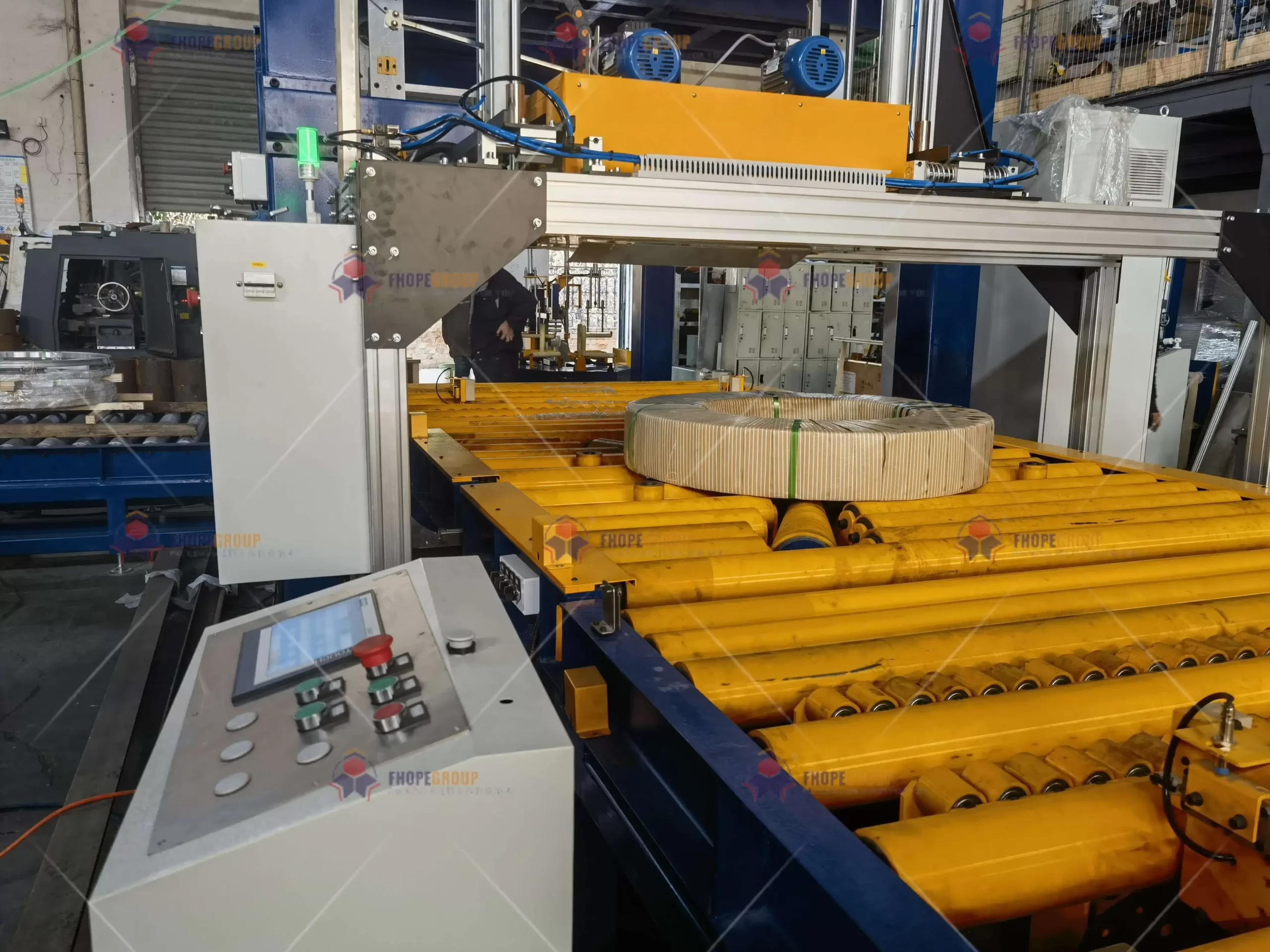What is the better way for PVC pipe bundle strapping: Stretch film Vs. PP belt
Securing PVC pipe bundles efficiently is crucial for storage, transportation, and overall product protection. Two popular methods for this task are using stretch film and PP (polypropylene) belts. This article explores the pros and cons.
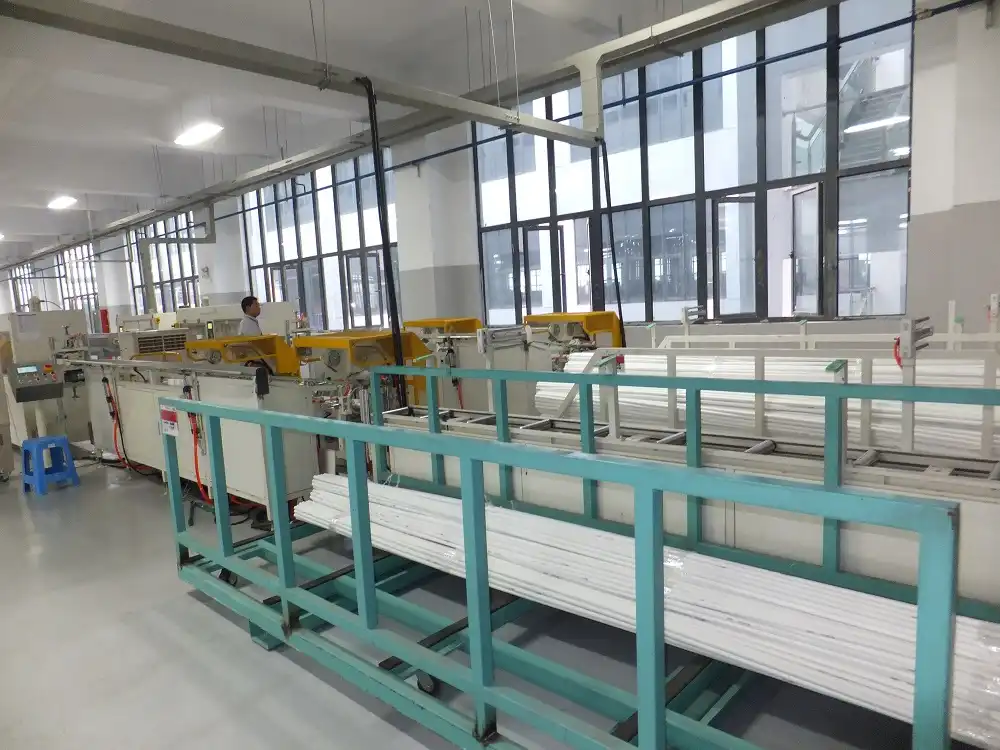
For PVC pipe bundle strapping, stretch film is generally better for its flexibility, cost-effectiveness, and ease of application. PP belts offer higher strength for heavier loads but are less adaptable and can damage the pipes if overtightened. The ideal choice depends on specific needs.
Choosing the right strapping method for PVC pipe bundles depends on various factors, including bundle weight, handling requirements, and budget. Let’s delve into a detailed comparison to help you make an informed decision.
1. Stretch Film Strapping for PVC Pipe Bundles
Stretch film offers a versatile and economical solution for securing PVC pipe bundles. Its flexibility and conformability make it suitable for various bundle sizes and shapes.
Stretch film is a popular choice for bundling PVC pipes due to its flexibility, ease of use, and cost-effectiveness. It tightly secures the pipes, protecting them from scratches and minor impacts during handling and transport. The film’s ability to conform to different bundle shapes is another significant advantage.
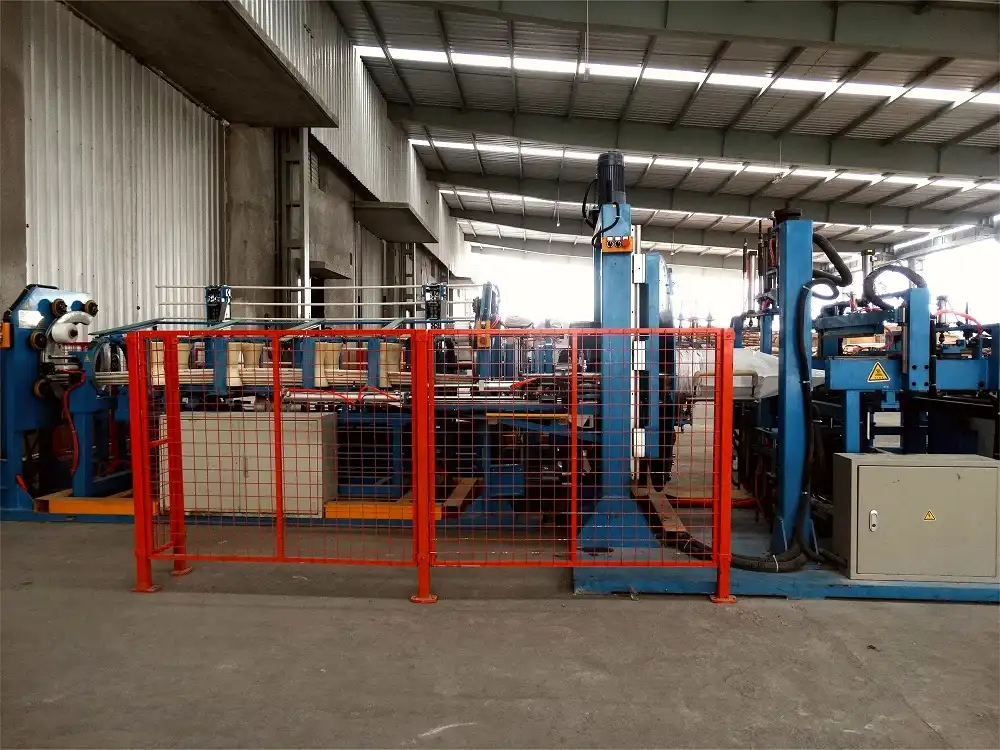
Let’s explore the specific benefits and drawbacks of using stretch film for PVC pipe bundling:
Stretch Film: Advantages and Disadvantages
| Feature | Advantage | Disadvantage |
|---|---|---|
| Cost | Relatively inexpensive, especially for low-volume applications | Can become expensive for high-volume operations due to material consumption |
| Application | Easy to apply manually or with semi-automatic equipment | Requires specialized equipment for fully automated high-speed bundling |
| Protection | Protects against scratches, dust, and minor impacts | Offers limited protection against heavy loads or rough handling |
| Conformability | Adapts well to various bundle sizes and shapes | Can loosen or tear under extreme tension or sharp edges |
| Sustainability | Recyclable options available, but overall environmental impact can be high | Film waste can be significant if not managed properly |
Manual vs. Automated Stretch Film Bundling
The method of stretch film application significantly impacts efficiency and cost-effectiveness.
-
Manual Application: This involves manually wrapping the stretch film around the PVC pipe bundle.
- Pros: Low initial investment, suitable for small-scale operations.
- Cons: Labor-intensive, inconsistent wrapping tension, lower throughput.
-
Semi-Automatic Application: This method uses a stretch wrap dispenser or turntable to assist in the wrapping process.
- Pros: Improved efficiency compared to manual application, more consistent wrapping tension, reduced labor costs.
- Cons: Requires some initial investment, may not be suitable for very high-volume operations.
-
Automatic Application: Fully automated stretch film bundling machines offer the highest throughput and consistency.
- Pros: High-speed operation, consistent wrapping tension, minimal labor required, integration with production lines.
- Cons: High initial investment, requires specialized maintenance, may not be flexible enough for very diverse product sizes.
Choosing the Right Stretch Film
Selecting the appropriate type of stretch film is crucial for optimal performance. Key considerations include:
- Gauge (Thickness): Thicker films offer greater strength and tear resistance but are more expensive.
- Width: Wider films cover more surface area and can reduce the number of wraps required.
- Stretch Ratio: Films with higher stretch ratios can be stretched further, reducing material consumption.
- Pre-Stretch Film: Pre-stretched films offer consistent tension and require less force to apply.
2. PP Belt Strapping for PVC Pipe Bundles
PP (polypropylene) belts offer a robust and reliable method for securing PVC pipe bundles, especially for heavier loads or demanding handling conditions.
PP belts provide a strong and secure method for bundling PVC pipes, especially for larger and heavier bundles. Their high tensile strength ensures that the pipes remain tightly packed, even during rough handling and long-distance transportation. However, PP belts can be less flexible and may require specialized tools for application.
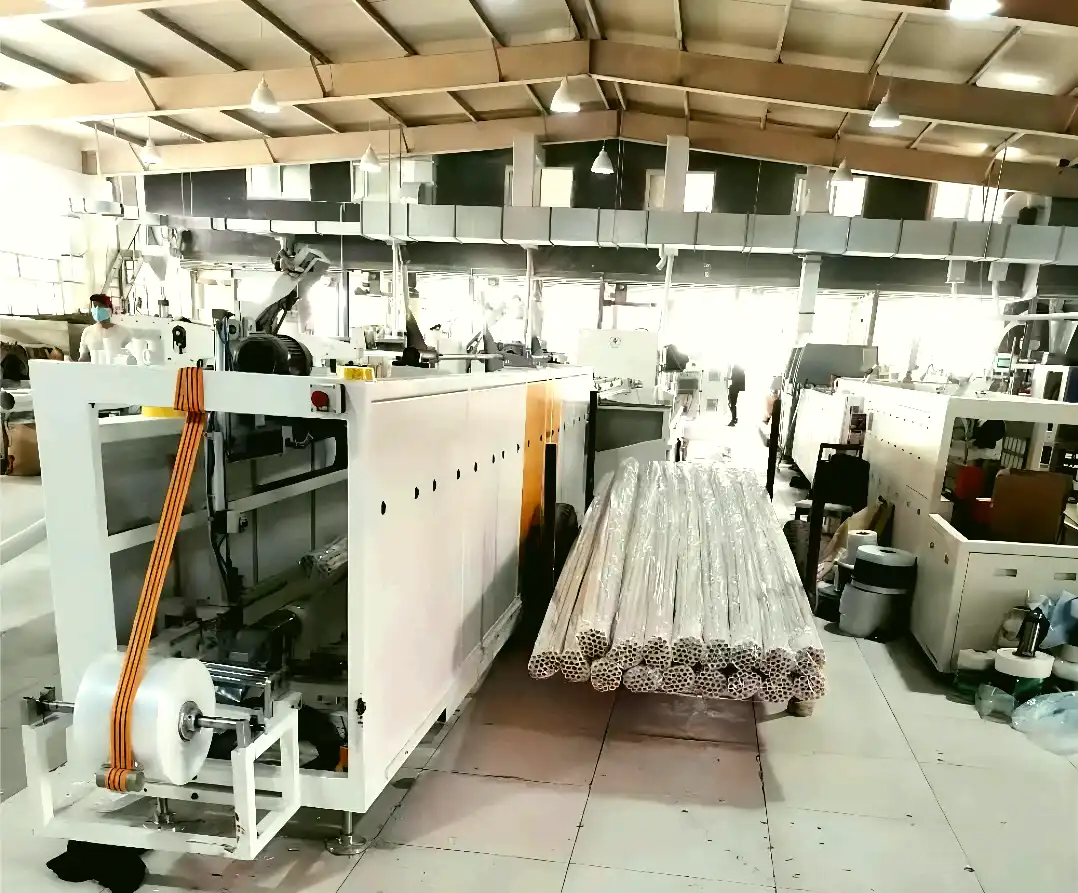
Now, let’s dive into a detailed discussion of the benefits and drawbacks of using PP belts for strapping PVC pipes:
PP Belt Strapping: A Deep Dive
PP belts are known for their tensile strength and durability, making them suitable for securing heavy or bulky PVC pipe bundles. However, their rigidity can pose challenges in certain applications. Unlike stretch film, PP belts do not conform easily to irregular shapes, and overtightening can damage the pipes.
Manual PP belt strapping involves using hand tools to tension and seal the belts. This method is suitable for low-volume operations, but it can be labor-intensive and inconsistent. Semiautomatic and automatic PP belt strapping machines offer improved efficiency and consistency. These machines automate the tensioning, sealing, and cutting processes, reducing labor costs and increasing throughput.
The choice between manual, semiautomatic, and automatic PP belt strapping depends on production volume and budget constraints. Manual strapping is the most cost-effective option for small-scale operations, while automatic strapping machines are best suited for high-volume production lines.
3. Stretch Film vs. PP Belt: A Comparative Analysis
Choosing between stretch film and PP belt for strapping PVC pipe bundles requires careful consideration of several factors, including cost, application, protection, and sustainability.
The choice between stretch film and PP belt depends on the specific requirements of the application. Stretch film is ideal for lighter loads and offers greater flexibility, while PP belts are better suited for heavier loads and provide superior strength. Considering factors like cost, ease of application, and environmental impact is crucial.
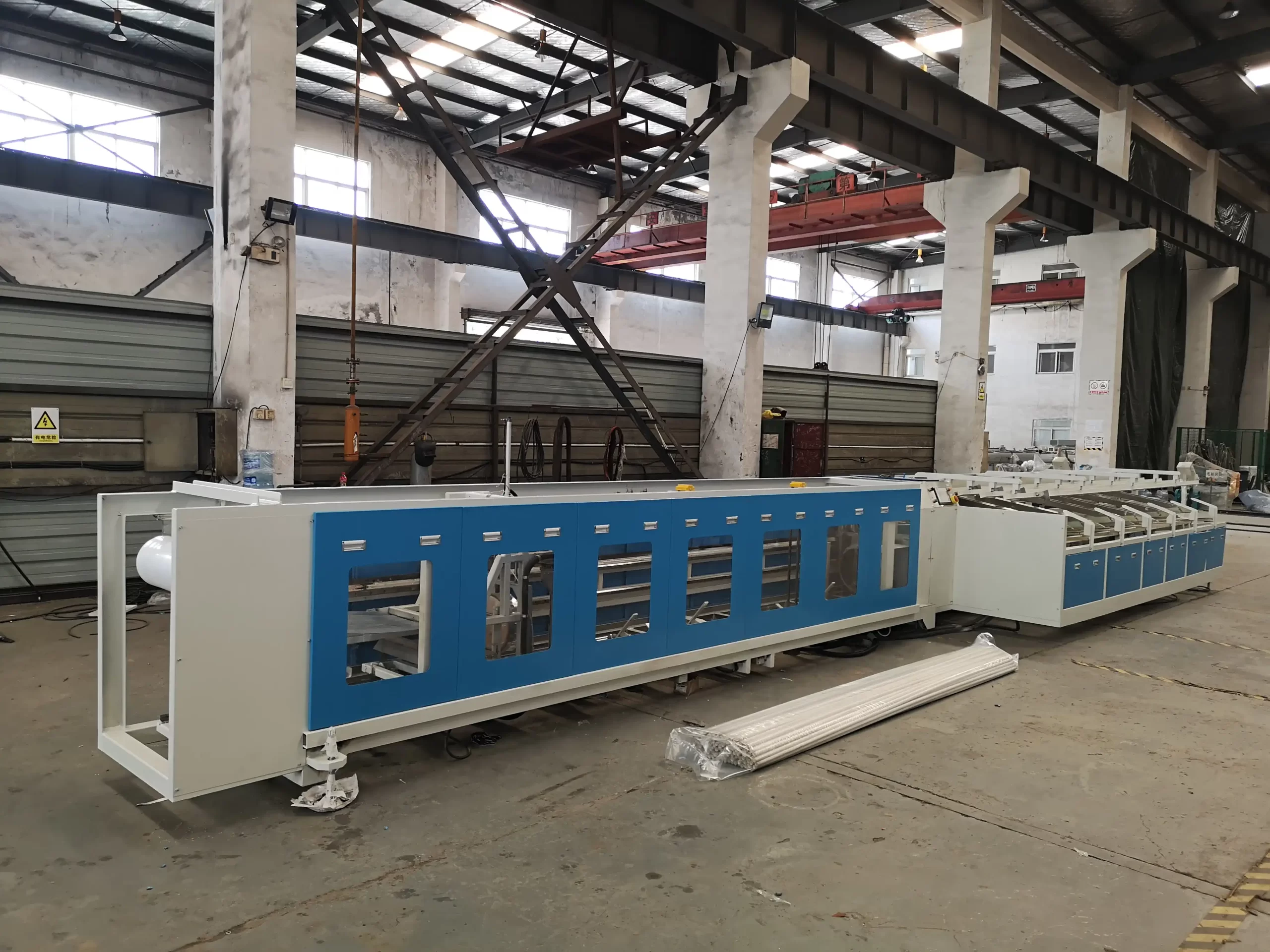
Decoding the Dilemma: Selecting the Right Strapping Material
Below is a comparison in table format that clearly illustrates the features of each strapping material:
| Feature | Stretch Film | PP Belt |
|---|---|---|
| Cost | Lower initial cost, but higher material consumption in high volumes | Higher initial cost, but lower material consumption in high volumes |
| Application | Easy to apply manually or with semi-automatic equipment | Requires specialized tools or equipment for tensioning and sealing |
| Protection | Protects against scratches, dust, and minor impacts | Offers high strength and security, but can damage pipes if overtightened |
| Conformability | Adapts well to various bundle sizes and shapes | Less flexible and may not conform well to irregular shapes |
| Sustainability | Recyclable options available, but film waste can be a concern | Recyclable, but recycling infrastructure may be limited in some areas |
| Bundle Weight | Suitable for lighter bundles (typically under 50 lbs) | Suitable for heavier bundles (typically over 50 lbs) |
| Handling | Gentle handling recommended | Can withstand rough handling and long-distance transportation |
| Automation | Easily integrated into automated pipe bundle packing lines | Can be automated, but requires more complex machinery |
Making the Right Choice
Consider these factors when making a decision:
- Bundle Weight: For lighter bundles, stretch film is often sufficient. For heavier bundles, PP belts provide greater security.
- Handling Requirements: If the bundles will be subjected to rough handling, PP belts are the better choice. If gentle handling is possible, stretch film is adequate.
- Cost: Stretch film is generally less expensive for low-volume applications, while PP belts may be more cost-effective for high-volume operations.
- Environmental Impact: Consider the recyclability of both materials and the potential for waste reduction.
- Automation: If you plan to automate your bundling process, choose the material that is most compatible with your automated equipment.
4. Automation in PVC Pipe Bundling
Automating the PVC pipe bundling process can significantly improve efficiency, reduce labor costs, and enhance product quality.
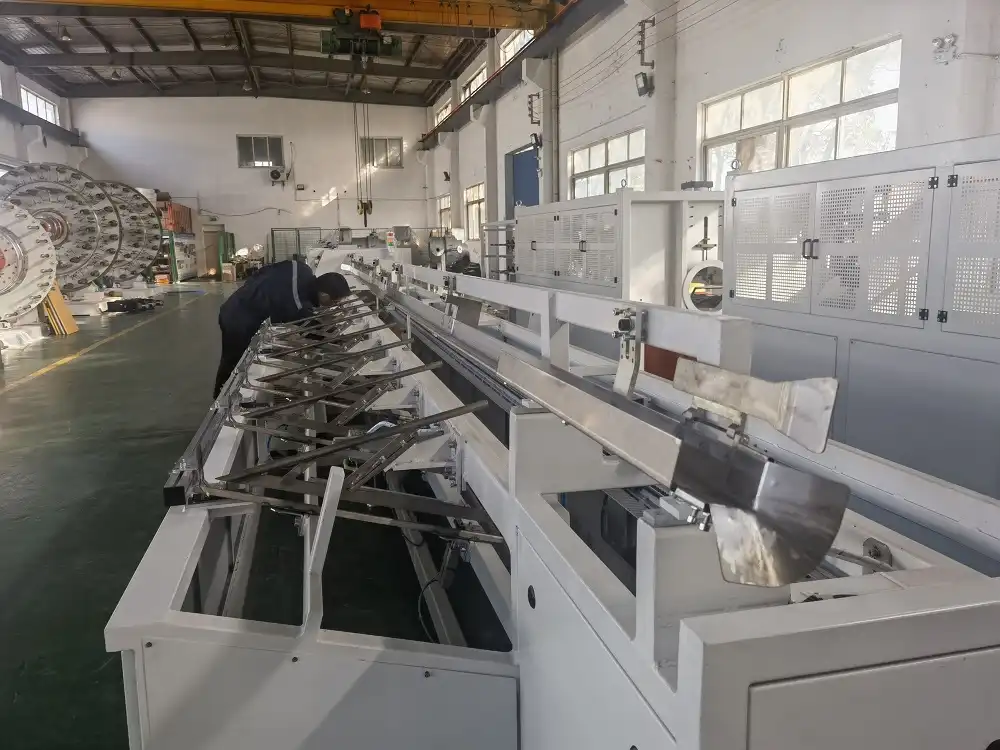
Automated bundling machines can perform a variety of tasks, including:
Automating the PVC pipe bundling process provides significant advantages, increasing efficiency, reducing labor costs, and ensuring consistent quality. By integrating automated systems, companies can streamline their operations and improve their competitiveness in the market.
Key components of an automated bundling system for PVC pipes
- Pipe Counting and Accumulation: Accurately counts and accumulates the required number of pipes for each bundle.
- Bundle Alignment: Aligns the pipes to ensure a uniform and compact bundle.
- Strapping/Wrapping: Applies the chosen strapping material (stretch film or PP belt) securely around the bundle.
- Cutting and Sealing: Cuts and seals the strapping material to complete the bundle.
- Ejection and Stacking: Ejects the finished bundle and stacks it for further handling.
Conclusion
Choosing between stretch film and PP belts for PVC pipe bundle strapping depends on your specific needs and priorities. Stretch film offers flexibility, ease of use, and cost-effectiveness for lighter loads, while PP belts provide greater strength and security for heavier bundles. Carefully consider the factors discussed in this article to make an informed decision that optimizes your bundling process and protects your products. Ultimately, sustainability goals and automation considerations should also guide your decision-making process, leading to a solution that is both efficient and environmentally responsible.






